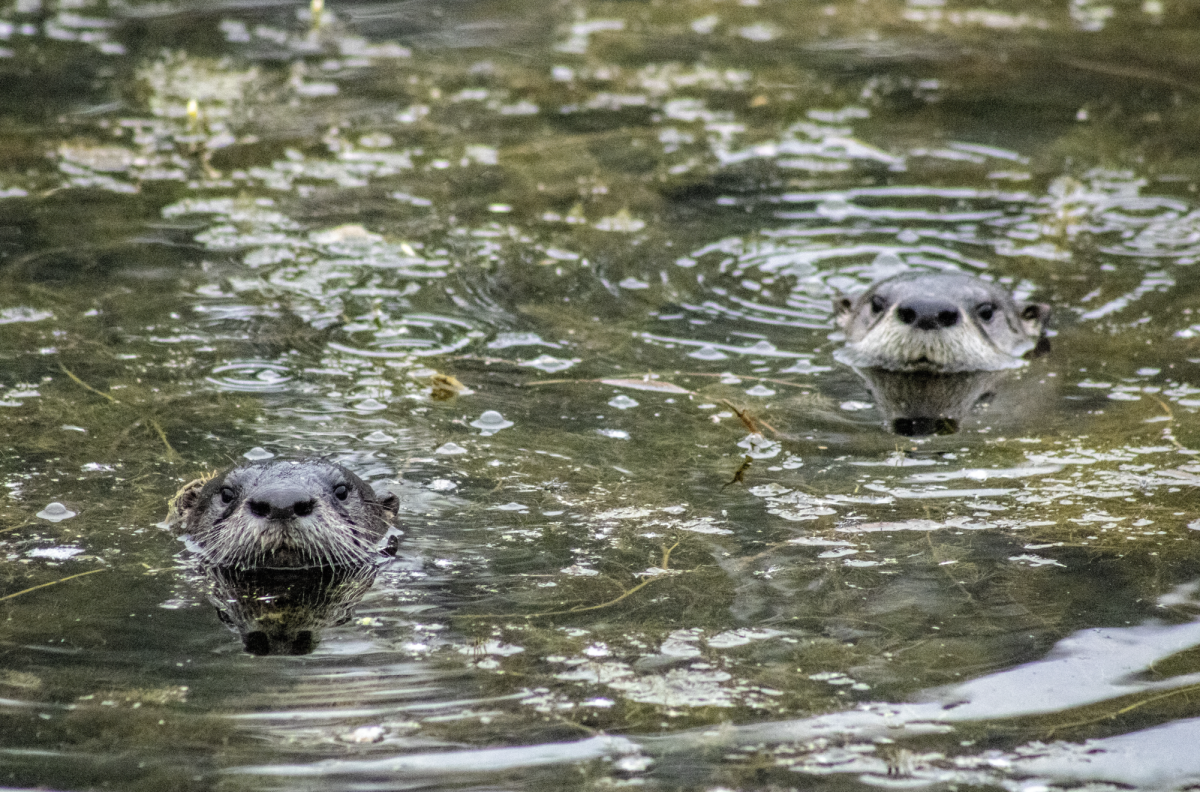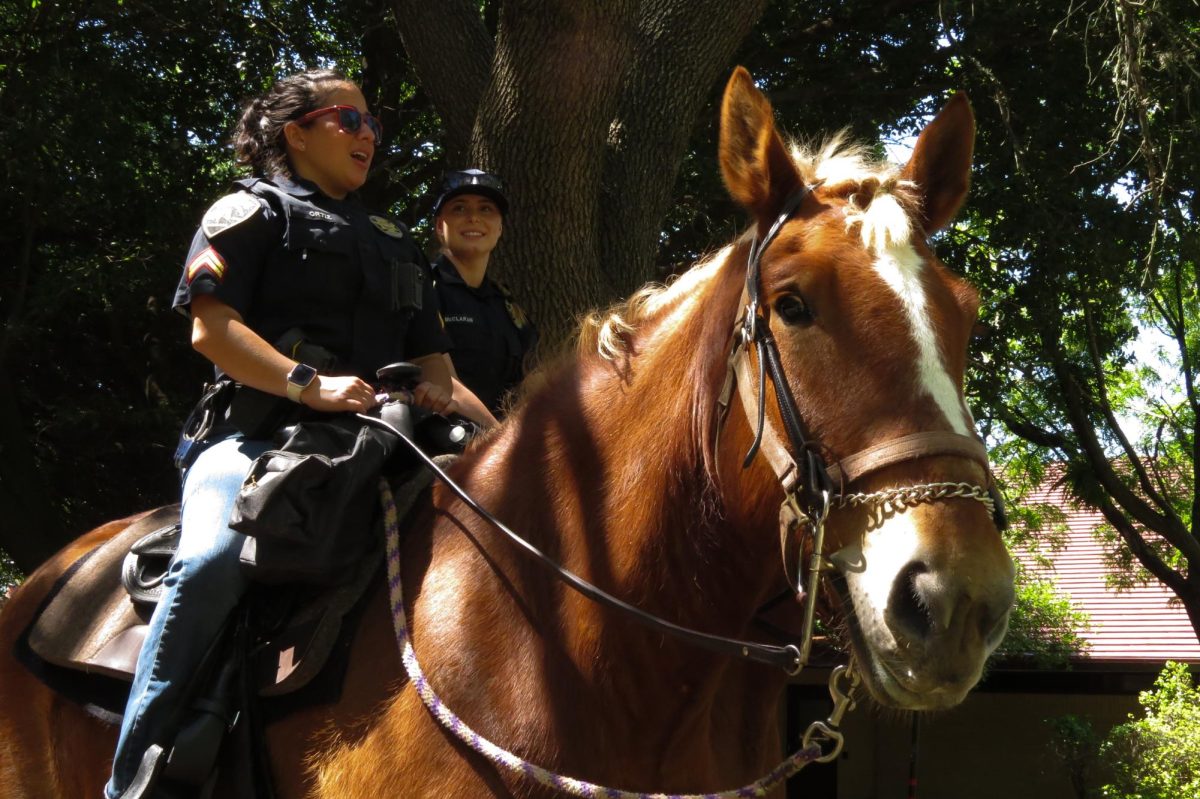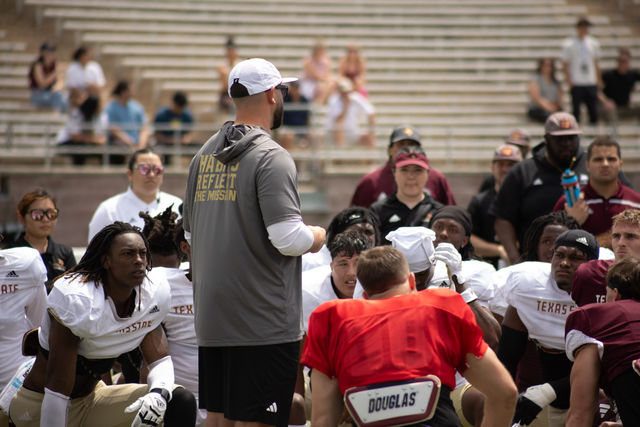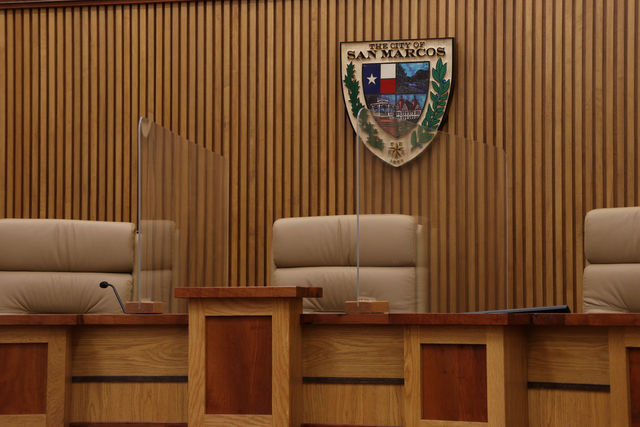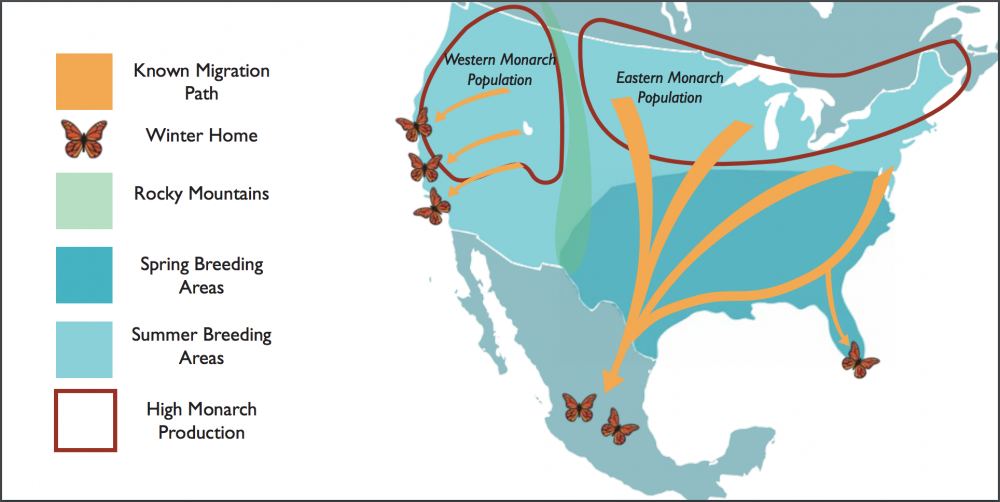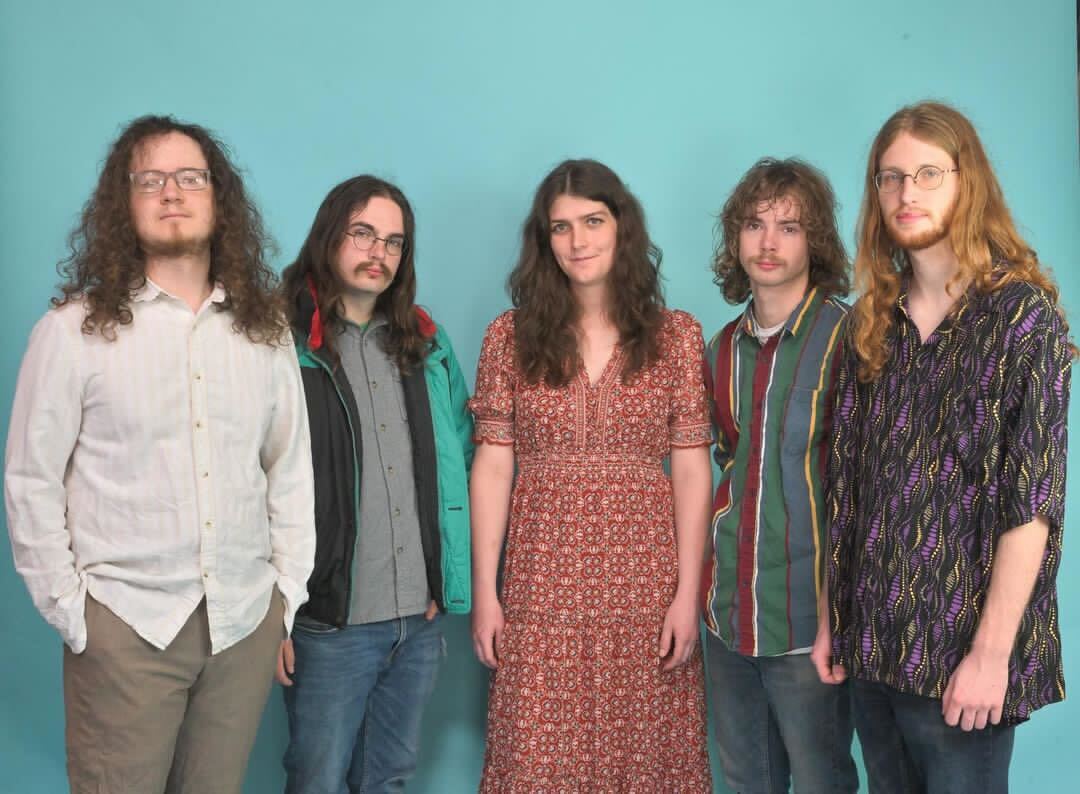Recently, drivers speeding down the highway may have noticed an increase in butterflies tragically crossing through traffic. Luckily, Texas is attempting to save the lives of these beautifully winged insects.
The fall migration season has arrived for many different species of pollinators in the U.S.
Around this time every year, the eastern population of Monarch butterflies begin to migrate from the Midwest and southern states toward the south of Mexico. Central Texas is part of the Monarchs’ spring breeding area, as well as their fall migration route.
Eric Weeks, habitat conservation plan specialist at the Discovery Center of San Marcos, said most of the eastern groups of Monarch butterflies travel through the I-35 corridor. There is a wide variety of Milkweed plants which butterflies use for food and to lay eggs along this route.
The largest issue is the amount of milkweed plants has begun to diminish through the use of herbicides, changes in agriculture and severe weather events caused by climate change.
This loss of habitat and resources has led to a decrease in the population of Monarch butterflies. The population has fallen by almost 90 percent in the past 20 years.
Because I-35 is one of the Monarchs’ main paths, the U.S. Fish and Wildlife Service has continuously paid close attention to the area. With the sudden drop in Milkweed population, the FWS announced in 2016 the I-35 corridor would be targeted for recovery and conservation attempts in order to provide a habitat for Monarchs while they migrate south.
In order to draw attention to this issue, the Discovery Center of San Marcos is hosting its first Monarch Fest 9 a.m. – 4 p.m. Oct. 13 at 430 Riverside Dr. The event will include family friendly activities, educational booths, food and drinks, music and giveaways.
The Monarch Fest will happen alongside the Discovery Center’s Native Plant Sale, where plants will be sold to help with the conservation effort for many pollinators in Central Texas.
“Specifically, for Monarchs, we carry eight different species of Milkweed because that is the only source of food for caterpillars,” Weeks said. “That is where (the butterflies) tend to lay their eggs. Texas is home to 37 different species of milkweed.”
However, Weeks said this is not the only type of plant they are selling. The Gregg’s Mist Flower will also be for sale. It has benefits for other pollinators like Hummingbirds and Honeyeaters.
Craig Czarnecki, FWS technician, said there is a lot students can do for the area in regards to helping conserve wildlife.
“Students should consider planting local flowering (organisms) to help the Monarchs,” Czarnecki said. “By conserving their habitat, other plants and animals will benefit too.”
Growing different species of pollinating plants would be useful in maintaining and increasing the population of pollinators that help the local environment.
“There are certain flowers that are better for other species, because of the variety in pollinators,” Weeks said. “There are plants that are better for mockingbirds and others that are better for bees and other insects.”
Gabriella Solas, psychology freshman, said she plans on attending the Monarch Fest with her friends.
“I think it is cool there are more and more events trying to help the environment,” Solas said. “San Marcos is pretty reliant on nature. Things like the river and local plants are important here.”
The Central Texas area actively assists conservation efforts that help the local habitat, and Texas State students have participated in dozens of environmental events. The Monarch Fest is another step in helping the environment one butterfly at a time.



